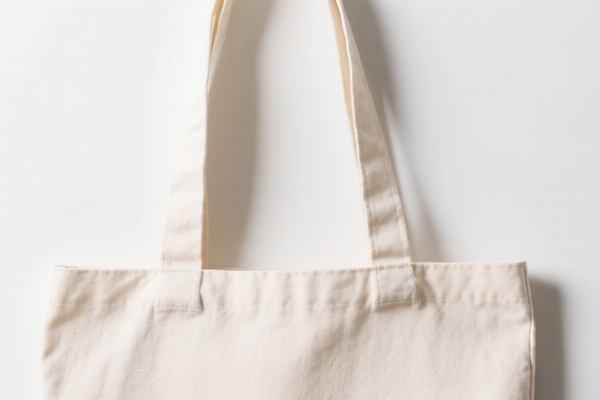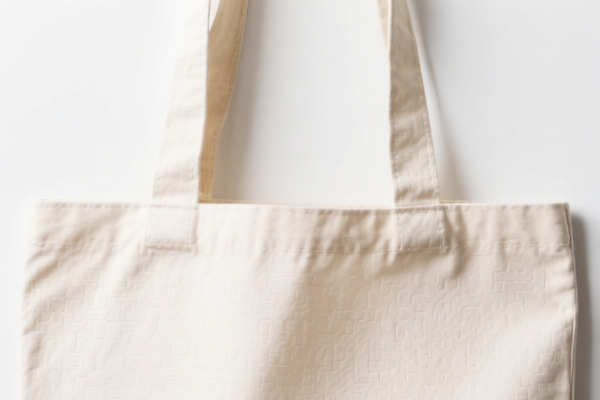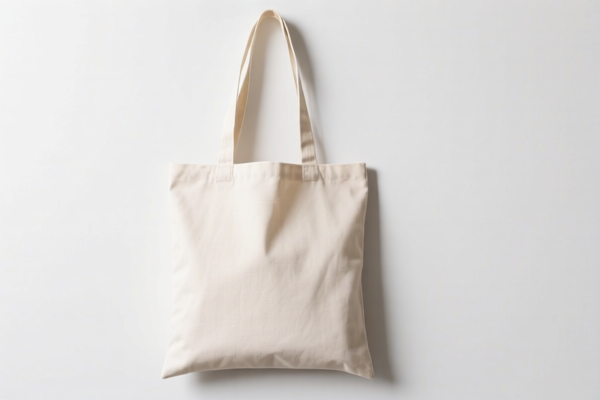| HS Code | Official Doc | Tariff Rate | Origin | Destination | Effective Date |
|---|---|---|---|---|---|
| 4202921500 | Doc | 61.3% | CN | US | 2025-05-12 |
| 4202923900 | Doc | 72.6% | CN | US | 2025-05-12 |
| 6305900000 | Doc | 43.7% | CN | US | 2025-05-12 |




Okay, let's break down the HS codes and tax implications for your "CANVAS BAG" declaration. Here's a detailed analysis, structured for clarity:
Understanding HS Codes – A Quick Primer
HS codes (Harmonized System codes) are internationally standardized codes used to classify traded products. The first 6 digits are generally consistent worldwide, while additional digits can vary by country. Here's how to interpret them:
- Chapter (First 2 digits): Broad category of goods.
- Heading (First 4 digits): More specific grouping within the chapter.
- Subheading (First 6 digits): Even more detailed classification.
- Further subdivisions: Country-specific details.
Analysis of Your HS Codes
You have three HS codes potentially applicable to your canvas bags. Let's examine each one:
1. HS Code: 4202.92.15.00
- Chapter 42: Articles of leather or of composition leather, animal hair or animal skin; leather goods of all kinds; saddlery and harness; articles of animal gut (other than gut used for pharmaceutical, surgical or dental purposes); articles of vulcanized or natural rubber, of plastic, of sheeting of plastics, of textile materials, of wood, of cork, of straw or of other plaiting materials, of paper or of paperboard, wholly or mainly covered with leather or composition leather; articles of these materials provided with fittings of metal in headings 73, 74, 83, 92 or fasteners, buckles, hooks, eyes, buttons, snaps or similar fittings of base metal.
- Heading 4202: Articles of leather or of composition leather, provided with fittings of metal in headings 73, 74, 83, 92 or fasteners, buckles, hooks, eyes, buttons, snaps or similar fittings of base metal.
- Subheading 4202.92: Other. This indicates the bags aren't specifically covered by earlier, more defined categories within 4202.
- 4202.92.15.00: Specifically for bags with an outer surface of sheeting of plastics or of textile materials, travel, sports and similar bags, with outer surface of textile materials, of vegetable fibers and not of pile or tufted construction, of cotton.
- Tax:
- Basic Duty: 6.3%
- Additional Duty: 25.0%
- Post April 2, 2025 Additional Duty: 30%
- Total Tax: 61.3%
2. HS Code: 4202.92.39.00
- Chapter 42: (Same as above)
- Heading 4202: (Same as above)
- Subheading 4202.92: Other (Same as above)
- 4202.92.39.00: Specifically for bags with an outer surface of sheeting of plastics or of textile materials, travel, sports and similar bags, with outer surface of textile materials, other (meaning not specifically cotton as in 4202.92.15.00).
- Tax:
- Basic Duty: 17.6%
- Additional Duty: 25.0%
- Post April 2, 2025 Additional Duty: 30%
- Total Tax: 72.6%
3. HS Code: 6305.90.00.00
- Chapter 63: Other made up textile articles; sets of textile articles.
- Heading 6305: Sacks and bags, of a kind used for the packing of goods.
- Subheading 6305.90.00.00: Of other textile materials. This is for sacks and bags not covered by more specific textile material categories within 6305.
- Tax:
- Basic Duty: 6.2%
- Additional Duty: 7.5%
- Post April 2, 2025 Additional Duty: 30%
- Total Tax: 43.7%
Which HS Code Should You Use?
This depends on the exact characteristics of your canvas bags:
- If your bags are specifically made of cotton canvas and are travel/sports bags: 4202.92.15.00 is the most appropriate.
- If your bags are travel/sports bags made of other textile materials (e.g., polyester canvas, nylon canvas): 4202.92.39.00 is the correct choice.
- If your bags are primarily used for packing goods (e.g., industrial packaging, shopping bags intended for reuse, not fashion bags): 6305.90.00.00 is the most suitable.
Important Reminders & Recommendations:
- Material Composition: Carefully verify the exact material composition of your bags. The difference between cotton and other fibers significantly impacts the HS code and tax rate.
- Intended Use: Consider the primary purpose of the bags. Are they fashion items, travel accessories, or packaging materials?
- Single Invoice: Ensure the invoice clearly describes the goods and their material composition.
- Valuation: The declared value of the goods is crucial for tax calculation.
- Post April 2, 2025: Be aware of the upcoming changes in additional duty rates.
- Certifications: Depending on the destination country, you might need certifications related to textile composition, safety, or origin. Check the import regulations of the specific country.
Disclaimer: I am an AI assistant and cannot provide definitive customs advice. This information is for general guidance only. It is highly recommended to consult with a licensed customs broker or the customs authorities in the destination country for accurate classification and compliance.
Customer Reviews
This is the most detailed and accurate HS code guide I've found online. I'm impressed with how much information is provided in such an easy-to-read format.
The section on the intended use of the bags was really helpful. I had no idea that the HS code could vary based on whether the bag is for travel or packaging.
I was confused about the difference between 4202.92.15.00 and 4202.92.39.00, but this page made it easy to understand. Great job!
The detailed breakdown of the tax implications for each HS code was really informative. I'm going to share this with my import team.
This page saved me hours of research. The explanation of the tax breakdown for each HS code is clear and precise.